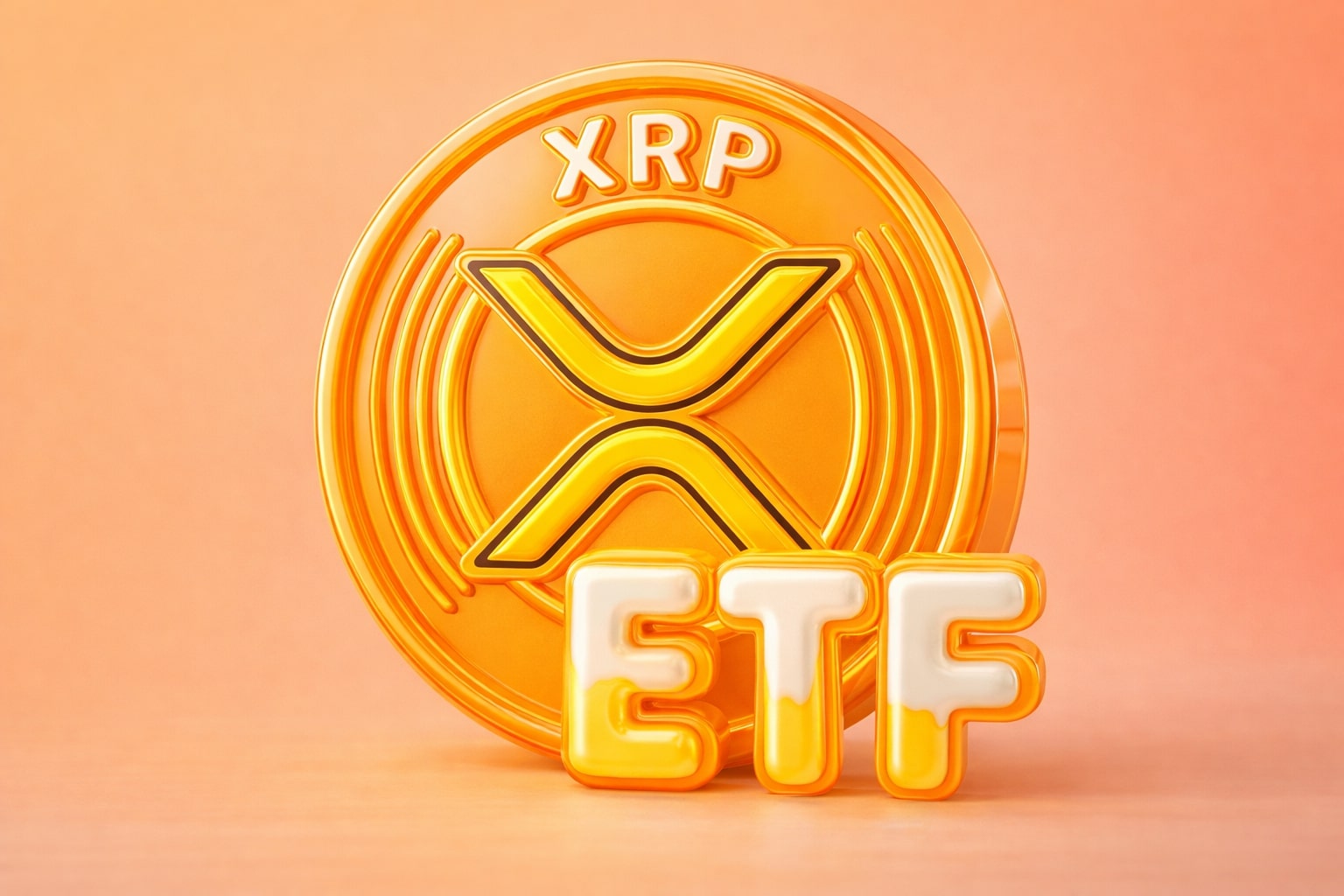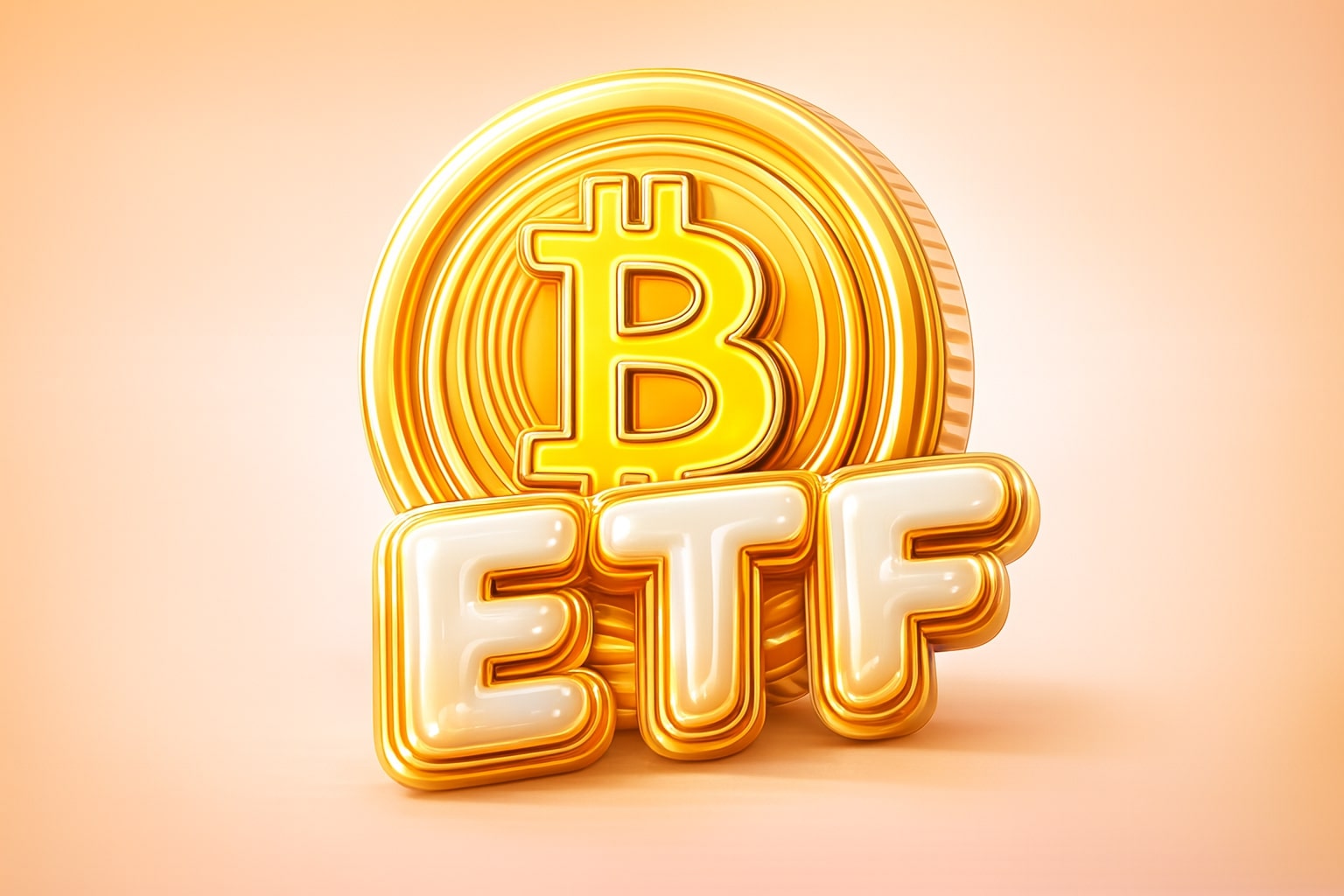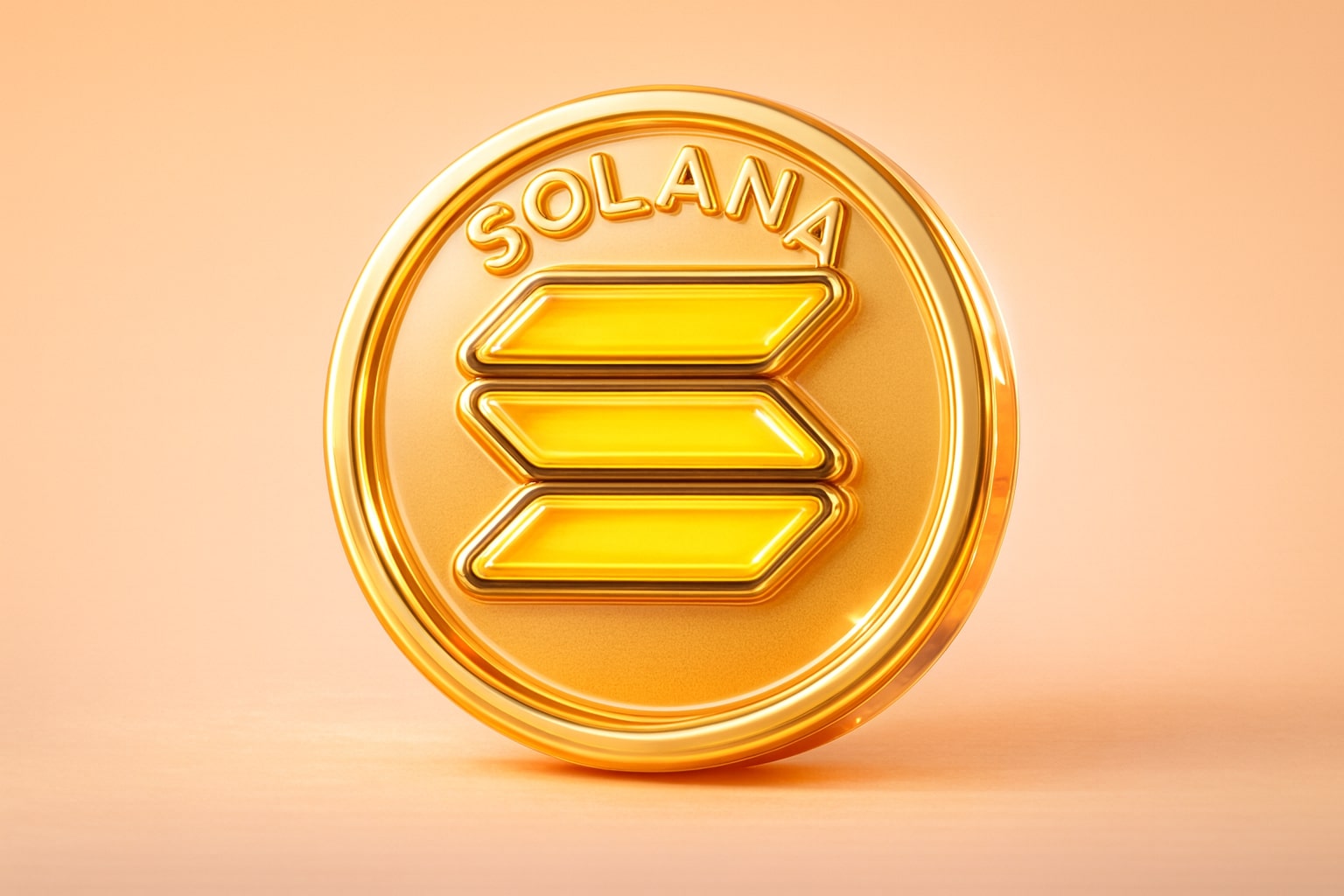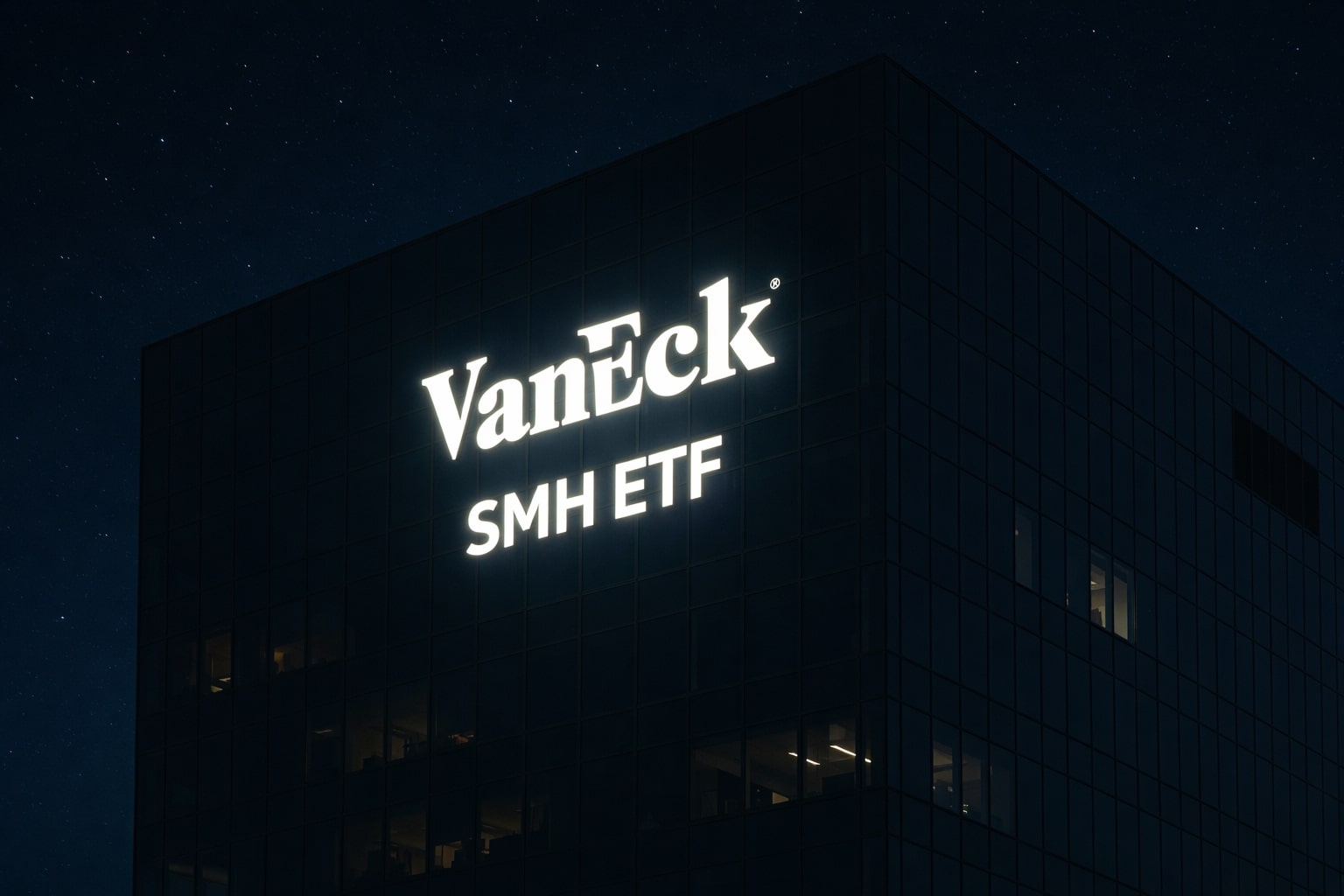
Ethereum Price Forecast - ETH-USD Eyes $10,000 in 2026 as ETF Inflows and Staking Tighten Supply
ETH trades near $3,392 after a volatile week; $837.5M in ETF inflows, 36.2M ETH locked, and Fed’s QE plans ignite bullish outlook with targets up to $10K | That's TradingNEWS
Ethereum (ETH-USD) Price Analysis — Institutional Inflows, Staking Pressure, and the 2026 Range Between $2,500 and $25,000
Ethereum Near $3,392 Amid ETF Inflows and Whales Repositioning
Ethereum (ETH-USD) trades around $3,392, up 0.24% in the latest session after rebounding from a weekly low of $3,058. The price has struggled to reclaim the $3,500 resistance, a level that triggered liquidations exceeding $621 million across leveraged traders. Short positions alone accounted for $370 million, highlighting how one of the most aggressive short squeezes of Q4 2025 reignited temporary bullish momentum.
Institutional demand remains the central driver. Over the last 15 days, Ethereum exchange-traded funds (ETFs) accumulated $837.5 million in inflows, signaling a renewed shift from speculative trading toward regulated accumulation. Heavy buyers include ARK Invest, which added 240,000 shares of BitMine Immersion, and JPMorgan, which purchased 1.97 million shares, collectively managing 3.39 million ETH worth $11 billion. That institutional reallocation coincided with a partial recovery in ETH-USD from $3,200 toward the $3,400 zone.
Macro Catalysts: QE Anticipation and Correlation with Bitcoin
Ethereum’s momentum remains closely tied to global liquidity and Bitcoin performance. The anticipated Federal Reserve Quantitative Easing (QE) launch on December 1, 2025, has already shifted risk sentiment, boosting digital asset exposure. Historically, Ethereum lags behind Bitcoin by 1–2 months following liquidity injections, suggesting the next decisive leg higher could emerge by early Q1 2026.
Bitcoin’s stability near $101,000 supports the risk-on bias, while Ethereum continues to exhibit higher relative volatility — with its three-month realized volatility at 80%, double that of Bitcoin. Correlation between the two assets remains above 0.89, meaning macro events impacting BTC almost automatically affect ETH’s direction.
Institutional Capital and Staking Economics Tighten Supply
Ethereum’s proof-of-stake architecture has reshaped its supply mechanics. As of October 2025, 36.2 million ETH, roughly 29.8% of total circulating supply, are locked in staking contracts. The annualized staking yield stabilizes between 3% and 5%, providing institutions with a predictable return while removing liquid ETH from exchanges. Exchange-held reserves dropped below 9 million ETH, the lowest level since 2021 — creating structural scarcity.
The EIP-1559 burn mechanism, combined with a low issuance rate of 0.3%, continues to deflate supply during high on-chain activity. At the same time, staking-enabled ETFs launched by BlackRock and Fidelity have increased institutional participation fourfold compared to Bitcoin. This transformation positions Ethereum not merely as a speculative crypto asset but as a yield-bearing digital bond, attracting pension and fund inflows.
DeFi, Web3, and Real-World Assets Anchor Long-Term Value
Ethereum remains the dominant infrastructure for DeFi, Web3, and stablecoins, accounting for 54% of total on-chain stablecoin circulation. As of Q3 2025, on-chain Real World Assets (RWA) surpassed $30 billion, led by BlackRock’s BUIDL fund, which deploys 90% of its capital directly on the Ethereum network.
The upcoming modular scaling upgrade — anchored in EIP-4844 (Proto-Danksharding) — is expected to reduce Layer-2 transaction costs by 30–50% and raise network throughput to 80–120 transactions per second (TPS). Fully implemented Danksharding could push theoretical throughput above 100,000 TPS, allowing enterprise-grade applications and large-scale DeFi to operate without bottlenecks. With zkSync Atlas already processing 15,000 TPS and reducing costs to $0.05–0.10 per transaction, Ethereum’s Layer-2 network is becoming the fastest-growing settlement layer in the digital economy.
Technical Structure: Key Support and Resistance Zones
Technically, Ethereum remains in a mid-term correction phase, oscillating between $3,050 and $3,468. A consistent daily close above $3,446 would confirm bullish reversal momentum, while a failure to sustain above $3,400 risks retesting $3,000 and then $2,800. The next bullish breakout area sits between $4,620 and $4,800, followed by a psychological barrier at $5,000 — where traders anticipate heavy profit-taking.
Indicators support consolidation:
-
RSI (Relative Strength Index): neutral at 52, suggesting balanced momentum.
-
MACD: narrow divergence, implying reduced downside momentum but no strong bullish cross yet.
-
Fibonacci Retracements: resistance near 61.8% ($3,468) and support near 38.2% ($3,058) define the near-term battlefield.
Ethereum remains above its 200-hour moving average at $3,155, maintaining its structural uptrend since the $2,800 August low.
2026 Outlook: Scaling, Deflation, and Regulatory Clarity Drive the Range
By 2026, Ethereum’s price range is projected between $4,000 and $12,000, with outlier scenarios stretching from $2,500 to $25,000 depending on macro and regulatory variables. Three core frameworks define the outlook:
-
Conservative Scenario (30% probability): Regulatory tightening and slower tech rollouts push ETH back to $2,500–$4,000.
-
Base Scenario (50% probability): Institutional ETF inflows, steady staking growth, and RWA expansion sustain prices around $6,000–$8,000.
-
Optimistic Scenario (20% probability): Rapid Layer-2 adoption, full sharding, and over $100B in tokenized assets drive ETH toward $10,000–$25,000.
Under the base case, Layer-2 users are projected to surpass 100 million by 2026, while DeFi total value locked (TVL) rebounds above $1 trillion. The regulatory landscape is also improving: the SEC’s indirect recognition of ETH as a non-security, coupled with Hong Kong and UK frameworks, reduces legal uncertainty and broadens global institutional access.
Competitive Risks: Solana, Aptos, and Network Fragmentation
Ethereum still faces competitive risk from Solana and Aptos, which leverage faster throughput and lower fees. Solana’s Firedancer upgrade already achieves 100,000 TPS with fees below $0.01, challenging Ethereum’s dominance in gaming and payment applications. However, Ethereum’s composability and developer network remain unparalleled — 85% of active DeFi protocols still run on its ecosystem.
The key structural risk lies in Layer-2 fragmentation. With Optimism, Arbitrum, and zkSync operating separately, liquidity dispersion could weaken user experience and slow unified scaling benefits. Security challenges from cross-chain bridges remain, with vulnerabilities such as the 2024 Poly Network breach highlighting potential cracks in interoperability.
Read More
-
SMH ETF: NASDAQ:SMH Hovering at $350 With AI, NVDA and CHIPS Act Fueling the Next Move
16.12.2025 · TradingNEWS ArchiveStocks
-
XRP ETFs XRPI and XRPR: Can $1B Inflows Lift XRP-USD From $1.93 Back Toward $3.66?
16.12.2025 · TradingNEWS ArchiveCrypto
-
Natural Gas Price Forecast: NG=F Falls to $3.80–$3.94 as Warm Winter Kills $5.50 Spike
16.12.2025 · TradingNEWS ArchiveCommodities
-
USD/JPY Price Forecast - USDJPY=X Slides, BoJ 0.50% Hike, Fed Cut and NFP Set the Next Big Move
16.12.2025 · TradingNEWS ArchiveForex
Market Sentiment and Options Positioning
The options market shows a clear bullish bias. Call options currently outnumber puts by 3.2 to 1, reflecting growing confidence in Ethereum’s 2026 trajectory. Open interest is concentrated around the $5,000–$6,000 strike range, where traders anticipate the next major upward wave.
Sentiment indicators remain moderately positive, with Fear & Greed Index at 61, suggesting a cautious optimism phase. Short-term volatility remains elevated but controlled as long as ETH maintains the $3,000 floor.
Key Data to Watch
-
Staked ETH: Maintain above 36M threshold (bullish if rising).
-
Exchange Reserves: If below 8M ETH, supply shock risk intensifies.
-
Burn Volume: Keep monthly burns above 100,000 ETH to sustain deflation.
-
Fed Policy: A 50bps rate cut could realign ETH toward risk-on assets.
-
Bitcoin Correlation: BTC break above $120,000 could trigger ETH toward $6,000.
Verdict — Ethereum (ETH-USD) Remains a Buy
Despite short-term consolidation, Ethereum’s underlying structure is robust. Institutional inflows, staking-induced scarcity, and the maturity of its scaling roadmap set a foundation for multi-year appreciation. Near-term volatility between $3,000–$3,500 masks a deeper structural shift — Ethereum is transforming into a deflationary, yield-generating settlement layer for global finance.
Rating: Buy
Current Price: $3,392
12-Month Target: $6,000–$8,000
Long-Term Range (2026): $10,000–$25,000
Bullish Drivers: ETF inflows, staking supply squeeze, Layer-2 scaling, RWA expansion
Key Risk: Regulatory tightening and competitive fragmentation
Ethereum’s trajectory into 2026 remains anchored by scarcity, scalability, and institutional integration — a trifecta that continues to validate ETH-USD as the backbone of decentralized finance and one of the most strategically important digital assets in the world.

















